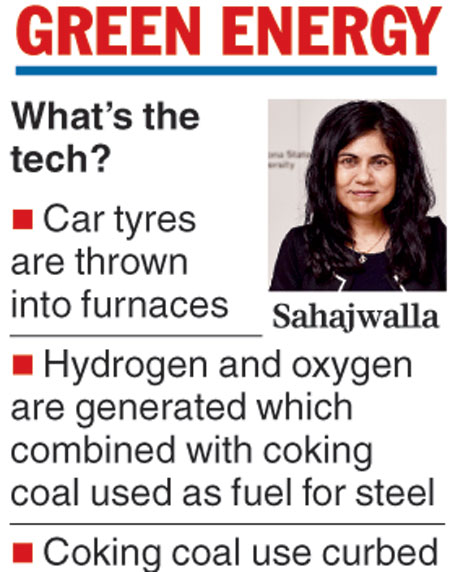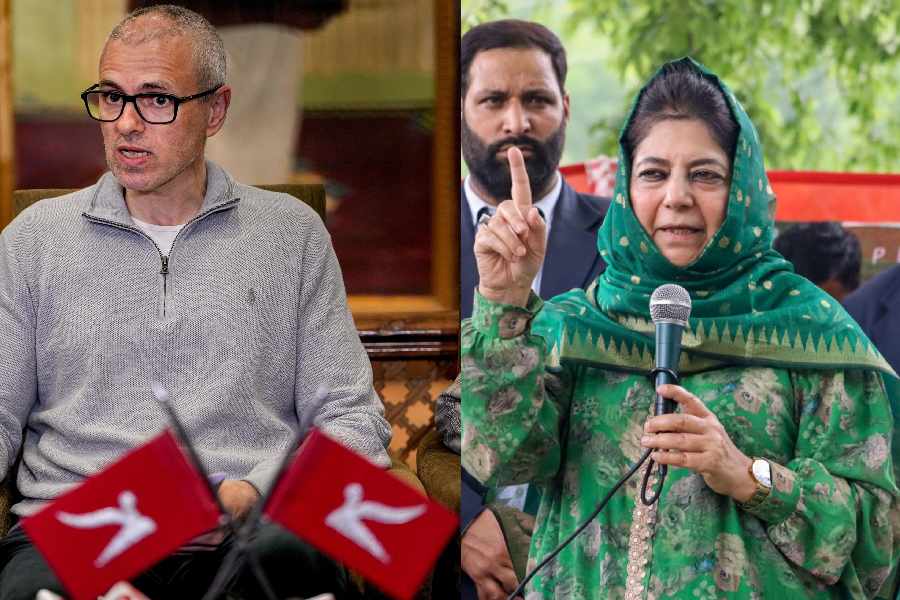The Indian government is in talks with India-born Australian scientist Veena Sahajwalla of the University of New South Wales to bring in green technology to make steel, which could reduce coal use.
Sahajwalla has patented a technology, which breaks down used car tyres into hydrogen and oxygen in electric arc furnaces. This when combined with coking coal can be used as fuel to make steel.
On behalf of the university, she is in talks with the Steel Research & Technology Mission of India (SRTMI), a government outfit floated to merge all research activities on steel.
“It is ideal for application in India as it is incorporated into conventional electric arc furnace steel making, so it does not require expensive new industrial infrastructure or any large scale new equipment,” the Mumbai-born scientist said.
The Indian government’s SRTMI has already held talks with Sahajwala and feels the technology could help reduce carbon footprint by using rubber and plastic wastes without creating pollutants as well as reduce coal imports.
Mukesh Kumar, director of the SRTMI, told The Telegraph, “We feel that this technology could be used in a direct reduction process and in electric arc furnaces used by most of secondary steel industry. At a later stage, we can work with them to see if this can be used in larger blast furnaces, too.”

“Even if we can use this technology in 20 per cent of our secondary steel making, it represents huge savings in coal imports and in carbon emissions,” Kumar pointed out.
The SRTMI plans to continue its discussion with Sahajwalla at a meeting slated for mid-December in New Delhi.
“It is our mandate to turn towards greener methods of making steel as well as to bring in technologies which result in significant cost efficiencies,” Kumar pointed out.
SRTMI has been set up by the steel ministry as part of its plans to turn India into the world’s largest and most efficient steel maker. Environmentalists estimate every year around one billion tyres are manufactured worldwide and an equal number of tyres are turned into waste.
India is one of the major tyre producers, accounting for about 7-8 per cent of global volumes. The US is the largest producer, with a 30 per cent share.
While some of these tyres are retreaded (reused), the rest go into landfills adding to the waste of the earth. The percentage of tyres which make it to landfill are estimated at about 60 per cent, and this volume is rising.
Sahajwalla’s green steel technique uses what is called a Polymer Injection Technology which can use these tyres as well as certain plastics to produce the heat needed to make steel, without releasing pollutants.
This technology is already being used commercially by Australian steel makers, managing to reduce coke and coking coal consumption by up to 15 per cent.
-
The reporter recently visited Australia at the invitation of the Australian government under its International Media Visits (IMV) programme










